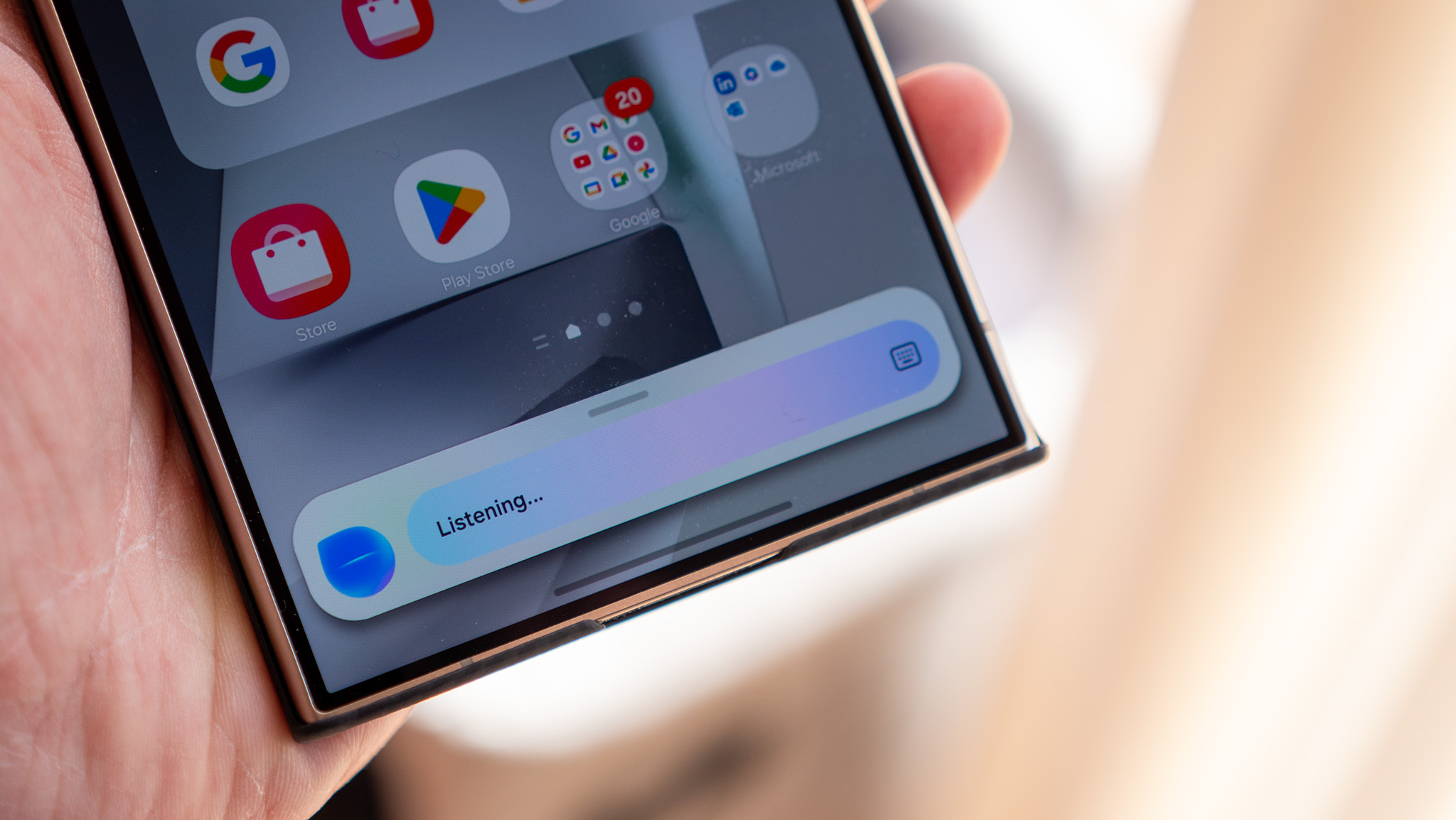Qualcomm Snapdragon 765: What it is, and why it matters for 5G phones in 2022

Qualcomm's new flagship-level Snapdragon 865 is the latest lustworthy mobile platform, but it's sharing the stage with another SoC: the Snapdragon 765. Though it may not be flashy given its lower positioning, the 765 is actually incredibly important for Qualcomm and companies making sub-flagship phones.
What the 765 brings to the table: Features and value
Qualcomm's story with 700-series processors is consistently focused on value. It cherry-picks the biggest appealing features, and trims back in less-important areas, while integrating many features and capabilities that were only found in 800-series processors just a couple generations ago.
It all starts with being built on a 7nm process, which is the smallest currently available at any price and inherently uses less power for everything it does. A smaller process gives the 765 an advantage over using an older, but higher-end, chip. The Kryo 475 cores its using are an upgrade over the 760, and the Adreno 620 GPU is comparable to what was available in the Snapdragon 845. And then you get some extras like Qualcomm's latest sensor hub, its 5th gen AI engine, and new camera capabilities like 4K HDR video and multi-camera effects.
There's also a separate "gaming" version, dubbed the 765G (yes, the branding is confusing) that offers better gaming performance, and 120Hz display support. Qualcomm has seen demand for devices that have serious gaming chops but aren't all-around high-end offerings, and the 765G targets that market really well. Particularly when paired with ample RAM (which is relatively cheap) and a 1080p display, there's an abundance of horsepower available. Qualcomm touts its ability to run games at high performance levels, but just as importantly run those peak levels for longer than the competition.
Why the 765 is important: It's all about 5G
Perhaps the most important part of the Snapdragon 765 launch is the inclusion of 5G. And most importantly, not just 5G compatibility but fully-integrated 5G in the SoC. Unlike the 865, which has a separate 5G modem, the 765 integrates a Snapdragon X52 modem with support for both mmWave and Sub-6 5G. It's less capable than the X55, but that's of little consequence — what matters more is that it supports both 5G standards, plus the necessary extras like Dynamic Spectrum Sharing (DSS), and both stand alone and non-stand alone use.
The most important part of the 765 is bringing a 5G solution to a wide range of phones.
Having an integrated 5G radio solution makes things simpler for phone companies, and also has functional benefits in power efficiency. The former is the most important: having a fully contained SoC with a 5G radio built in enables phone makers to more easily incorporate 5G capabilities into their devices. Companies can simply use a Snapdragon 765, and get a full stack of networking from 2G all the way up to 5G.
Up to this point, there's been a major barrier to entry for consumers who are actually interested in making a buying decision based on 5G. Though that number is small, it's growing — and when your cheapest 5G phones are $900, and most are over $1100, it's a complete non-starter for so many people. Previous Snapdragon 700-level devices hit retail in the $300-500 price bracket, and though you can expect new 5G versions to be more expensive than that, the 765 will enable the proliferation of 5G smartphones through attainable prices.
Get the latest news from Android Central, your trusted companion in the world of Android
It's no surprise that at this year's Snapdragon Summit, Qualcomm had partners like Nokia and Motorola on stage — companies that basically don't play in the flagship space, but flood the mid-range market with great value-focused phones. Now, that tier of device in 2020 can have 5G, and there aren't any big prices or big compromises to pay.
FTC Disclaimer: Qualcomm sponsored Android Central's travel and accommodation for the Snapdragon Summit. They did not have editorial oversight over any of this content.

Andrew was an Executive Editor, U.S. at Android Central between 2012 and 2020.

